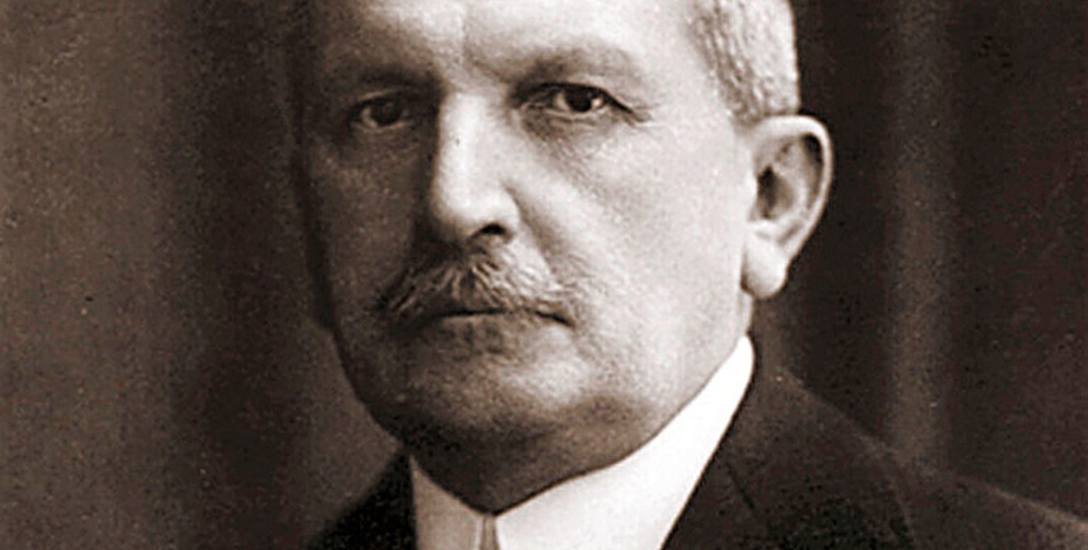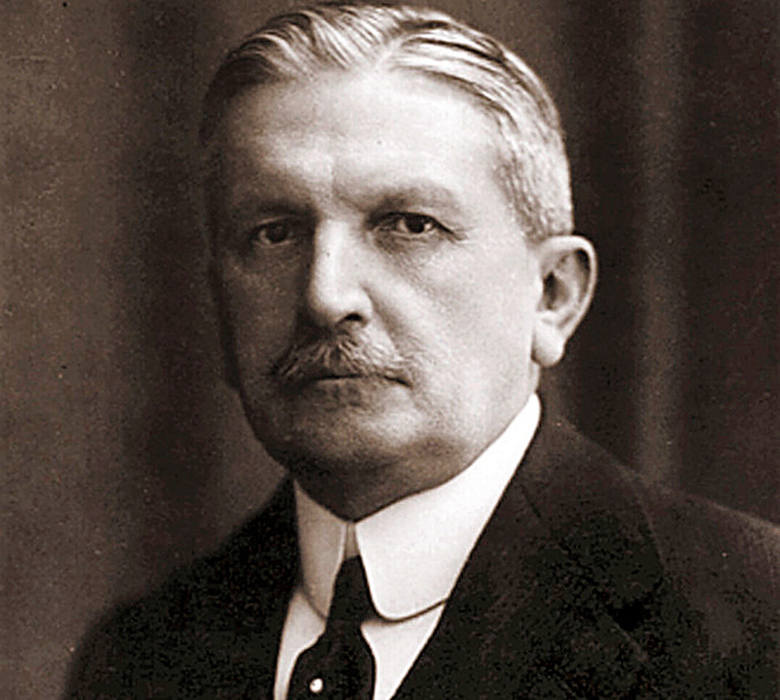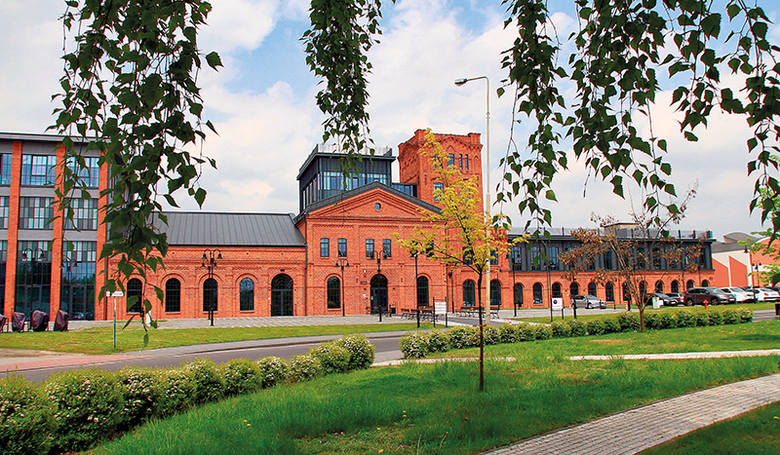
The headquarters of Lodz Special Economic Zone are situated on the premises which once belonged to the industrial empire of the Grohman family, some of the most powerful factory owners in the history of Lodz. The most prominent members of the family include Ludwik and his son Henryk (see picture).
The history of this place dates back to 1842 when Traugott Grohman, who arrived at the future „Promised Land” from Saxony, received the right of perpetual lease to the Lamus water and factory estate in the vicinity of Tylna and Targowa streets from the city authorities. Firstly, he built a cotton mill then a weaving plant and so started the textile business. His products were distinguished by good taste and quality. Grohman built a house at the crossroads of the streets mentioned above, which has survived until the current day.
Pioneer of fire brigades
After the death of Traugott in 1874, the factory was taken over by his son, Ludwik, who expanded it. He built a remarkable renaissance-styled villa on Tylna Street, which is still present. Ludwik was the first factory owner in Lodz to organise a fire brigade in his plants and mills. Other manufacturers soon followed in his footsteps. He was also one of the founders of numerous important institutions in the history of the city such as the Commercial Bank and the Municipal Credit Society.
Paderewski in the factory owner’s villa
After Ludwik’s death in 1889, his oldest son Henryk became the head of the company. He was famous not only as an efficient and skilful industrialist, but also an expert collector. He oversaw the building of the famous weaving plant on Targowa Street, whose Gothic style gate has become one of the city’s showpieces.The gate comprises of remarkable columns in the shape of reels - often referred to as barrels. In addition to this, Henryk built a thin yarn spinning mill on Tymienieckiego Street, which has survived until this day, but requires urgent renovation. On the opposite side of the street, he also built an interesting red-brick villa, which now houses the Book Art Museum. It used to be visited by Witkacy and Paderewski who played the piano there. In Lodz and throughout Poland, Henryk was known as an exceptional collector. The jewels of his collections included more than a thousand graphics by such masters as Munch, Picasso, Degas, Manet, Mehoffer, Wyczółkowski and Stanisławski. Furthermore, he owned a valuable Stradivarius violin from the 18th century, which disappeared around 1939.
Second life after renovation
After World War I, Grohman’s and Scheibler’s plants were combined and the largest textile conglomerate in Europe was created, hiring about 8,000 workers. Meanwhile, in the post-war years of the Polish People’s Republic, all assets were taken over by the state and the name was changed to Uniontex Cotton Industry Plant.
Today, a part of the empire is the head office of the Lodz Special Economic Zone. This takes care of its historic legacy, for example, renovating selected objects along with the expansion and modernisation of one of the former Grohman family plants. The renovation of the 19th century factory cost nearly PLN 20 million. The former Grohman’s plant, besides the head office of the Zone, now offers office space and conference rooms for lease. Importantly, the construction materials, the design and cobbles from the so-called „Lodzermensch” era were used during this investment..

